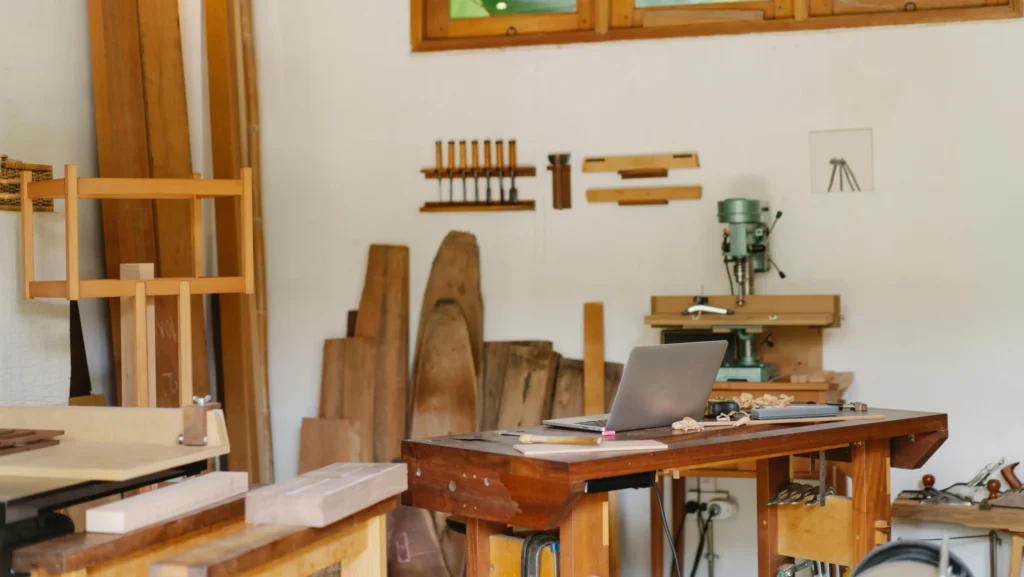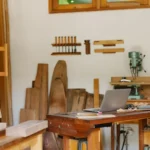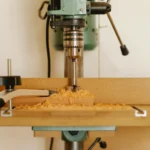Teak wood is admired worldwide for its beauty, strength, and durability. But before it becomes the elegant table or chair in your living room, teak goes through a long and careful process. Understanding this journey gives us a deeper appreciation of the craftsmanship behind every teak furniture piece.
1. Cultivating and Harvesting
Most teak today comes from managed plantations, especially in Indonesia, Myanmar, and Thailand. Trees are usually grown for 20–30 years before they are mature enough for harvesting. During this time, the trees are carefully monitored for growth, health, and quality. Harvesting is done selectively to ensure sustainability and to protect the forest ecosystem.
2. Seasoning the Wood
Freshly cut teak contains natural moisture that must be reduced before it can be turned into furniture. This process is known as seasoning or drying. Proper seasoning is crucial—if done too quickly or unevenly, the wood may crack or warp. In traditional methods, teak is air-dried for several months. In modern production, kilns are used to control temperature and humidity, ensuring consistent results.
3. Sorting and Cutting
Once seasoned, the wood is sorted by grade. High-quality teak with straight grains and minimal knots is used for fine furniture, while lower grades may be used for flooring or structural purposes. After sorting, planks are cut into specific sizes depending on the design requirements. Precision cutting is essential to minimize waste and to ensure that the final product has a smooth, seamless finish.
4. Crafting and Shaping
This is where the artistry begins. Skilled carpenters and artisans transform raw planks into furniture components. Using both modern machinery and traditional hand tools, they cut, carve, and join pieces together. The natural grain of teak is often highlighted through careful design, making each piece unique. Joinery techniques—such as dovetail or mortise-and-tenon joints—are commonly used to ensure strength and longevity.
5. Sanding and Finishing
After assembly, the furniture is thoroughly sanded to achieve a smooth surface. Depending on the desired style, teak may be left natural, oiled, or sealed. A natural finish allows the wood to develop its signature silver-gray patina over time, while oiling enhances its golden-brown color. Sealing provides additional protection against stains and weather. Each finishing method highlights the wood’s beauty in a different way.
6. Quality Control and Delivery
Before reaching customers, every piece of teak furniture undergoes strict quality checks. Artisans inspect for cracks, uneven surfaces, or structural weaknesses. Only after passing this stage is the furniture polished, packaged, and prepared for delivery.
Conclusion
The transformation of teak wood into furniture is a blend of nature and craftsmanship. From decades of careful growth in plantations to the hands of skilled artisans, each step plays a role in shaping teak’s timeless beauty. The next time you sit on a teak chair or gather around a teak table, remember the long journey it took—from forest to furniture—to become part of your home.






